This week on The Call to Comms, we interviewed Kristy Crabtree, Technology for Programs Strategy Lead at the International Rescue Committee, to discuss women’s and girls’ access to the Internet and technology in humanitarian settings and the importance of digital literacy to bridge the gender gap.
Despite the technological developments and the global increase of internet and technology use in recent years, women and girls still constitute a smaller percentage of ICT users. The gender digital divide is usually more substantial in humanitarian settings, and in many cases, the barriers to accessing and using technology are gendered.
We talked to Kristy Crabtree, who studied and researched women and girls’ access to technology among displaced populations in Lebanon to understand ICT restrictions and barriers and how humanitarian actors can do a better job when using technology in sensitive contexts.
The four significant barriers to accessing ICT:
- Lack of access to devices: the number one barrier reported is the prohibitive cost of devices and credit;
- Public space restrictions: restricted access to school, work, and other public spaces weakens exposure to technology;
- Harmful attitudes: negative attitudes toward women and girls affect their ability to build digital literacy;
- Lack of technical confidence: this results in a lack of desire.
“Harmful social norms and restrictions limit women's and girls' access to ICT and weakens their exposure, their confidence and even weakens the desire for access.”
Due to the prohibitive cost of devices and credit, many women borrow or share the phone with either family members or intimate partners. Because of this, in many cases, their use is monitored. It is essential to keep this in mind when doing a technology safety plan and to mask sensitive content, such as in situations of gender-based violence (GBV), to avoid risk and prioritize safety.
How can humanitarian actors and service providers do a better job?
Working in/with safe spaces
Women and Girls Safe Spaces (WGSS) are often available in humanitarian settings for women to gain knowledge and skills, access GBV response services, and foster opportunities for mutual support and collective action in their communities.
When conducting assessments, surveys, or digital literacy training, it is crucial to go to places where women feel safe expressing their fears and needs.
WGSS is the perfect starting point for understanding the unique risks experienced by women and girls in specific settings and asking them what they need to stay safe.
“Keeping women and girls at the center of planning and being proactive to give them opportunities for digital upscaling is really essential.”
Understanding the context and barriers
According to Kristy, it is important to understand the context that women and girls are facing, to listen to what girls want because they know what is safe for them and what is not, and not to make assumptions based on lived experiences.
Humanitarian practitioners should also understand global trends on GBV, how widespread it is, especially in conflict settings, and how “stigma and fear may prevent people from seeking any kind of help.”
Finally, it is crucial to consider the harmful social norms around technology and how ICT can be perceived as inappropriate for women. For instance, according to the research, there is a strong perception from men, and sometimes women, that when women are in virtual spaces, they will engage in romantic affairs. This is the number one fear that men reported, and that is why they keep enforcing the gendered barriers in their households and communities.
How can digital literacy bridge the digital gender gap?
“Digital literacy is a leverage point to everything else” because when women and girls are connected online, they can access information and make better-informed decisions not only for themselves but also for their families and communities, which creates better livelihood opportunities.
For instance, after IRC piloted their digital literacy curriculum, Safe Space to Learn, in Yemen, women and girls requested training on mobile phone repair because it would not only help them stay safe by not going to the market and handing their phone to someone who might use their personal information to blackmail them, but it would also create livelihood opportunities because they can fix their own phone and do it to other people in their community.
“Digital literacy allows us to control one aspect of the broad theory of change. If done right, digital literacy has the possibility to address all four of the barrier issues.”
You can find Kristy Crabtree’s full interview here.
See you next week!
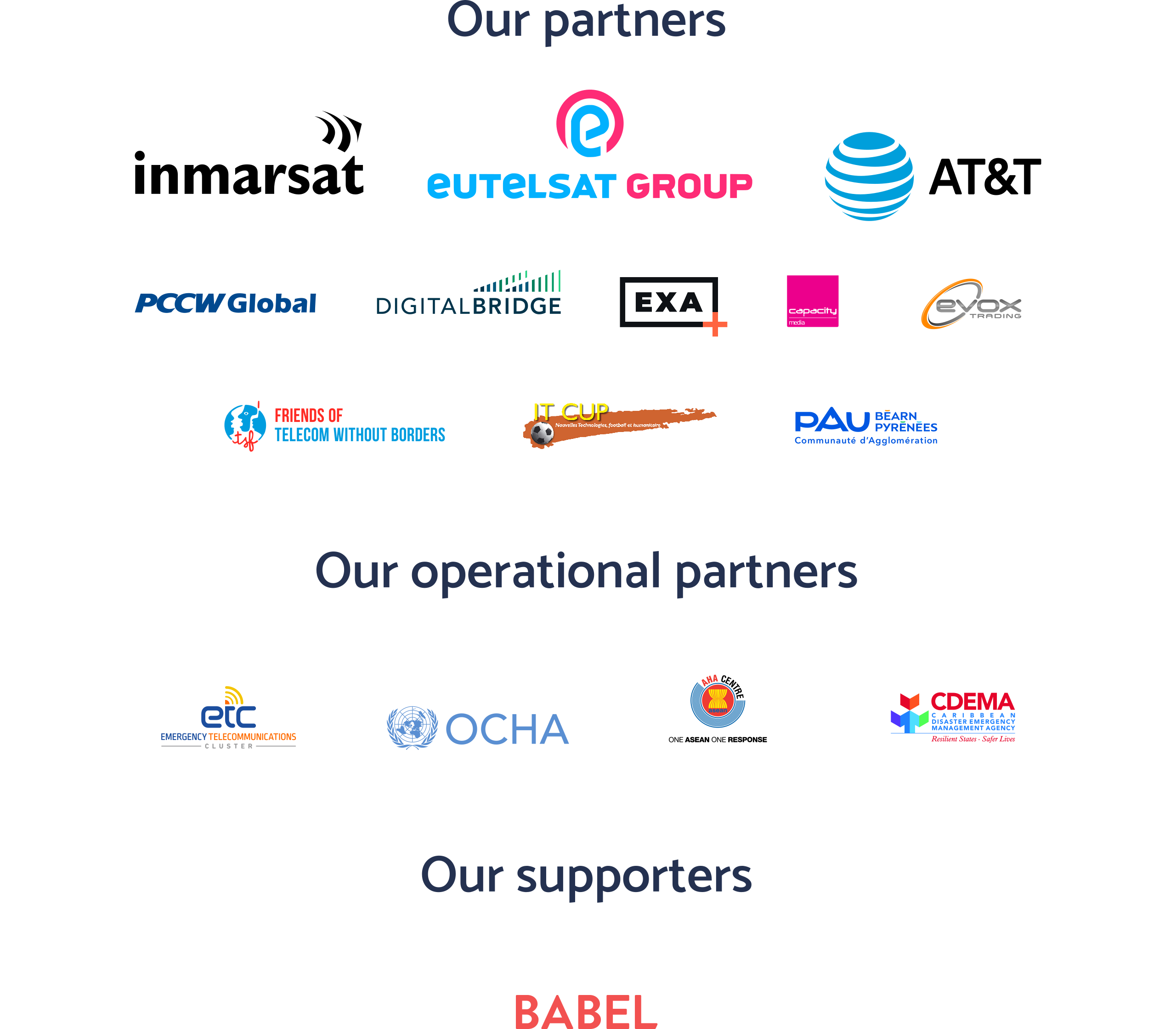




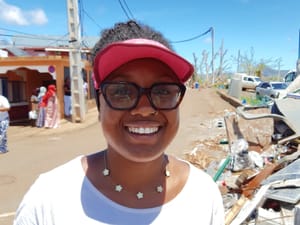
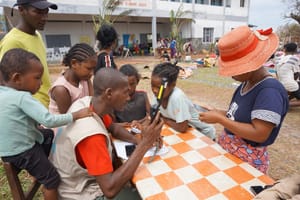
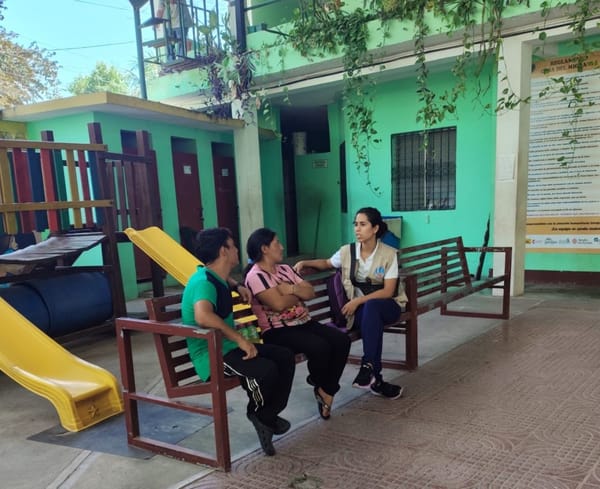
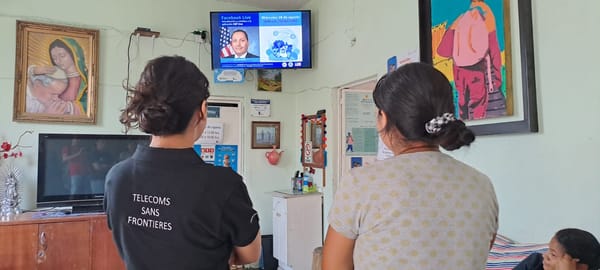
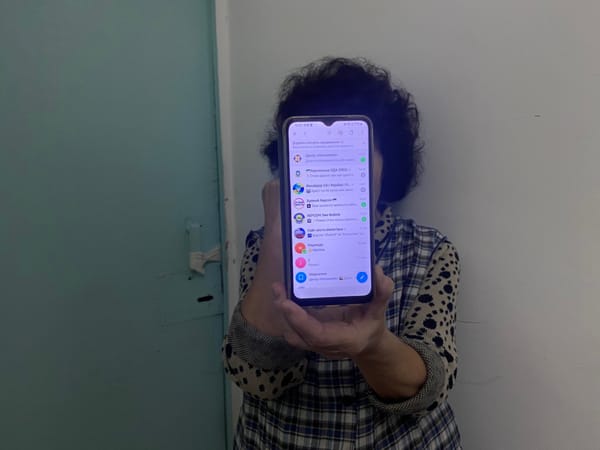

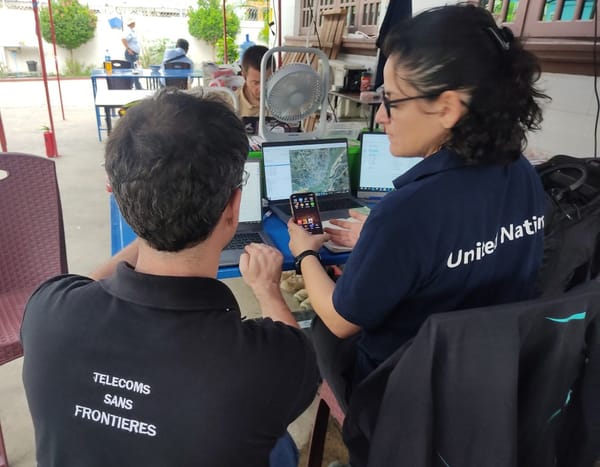
Member discussion